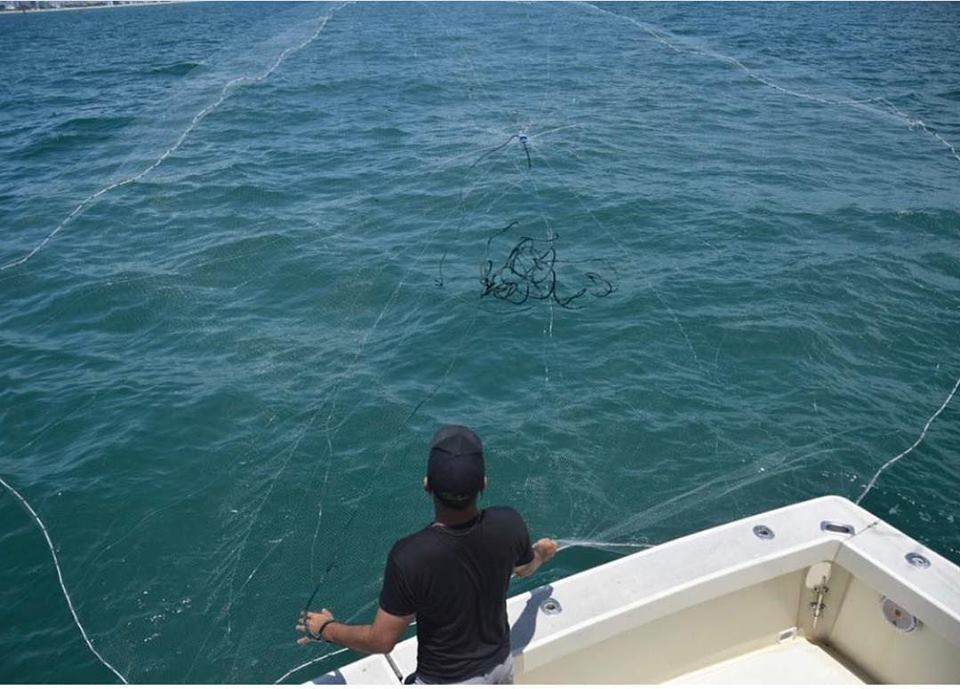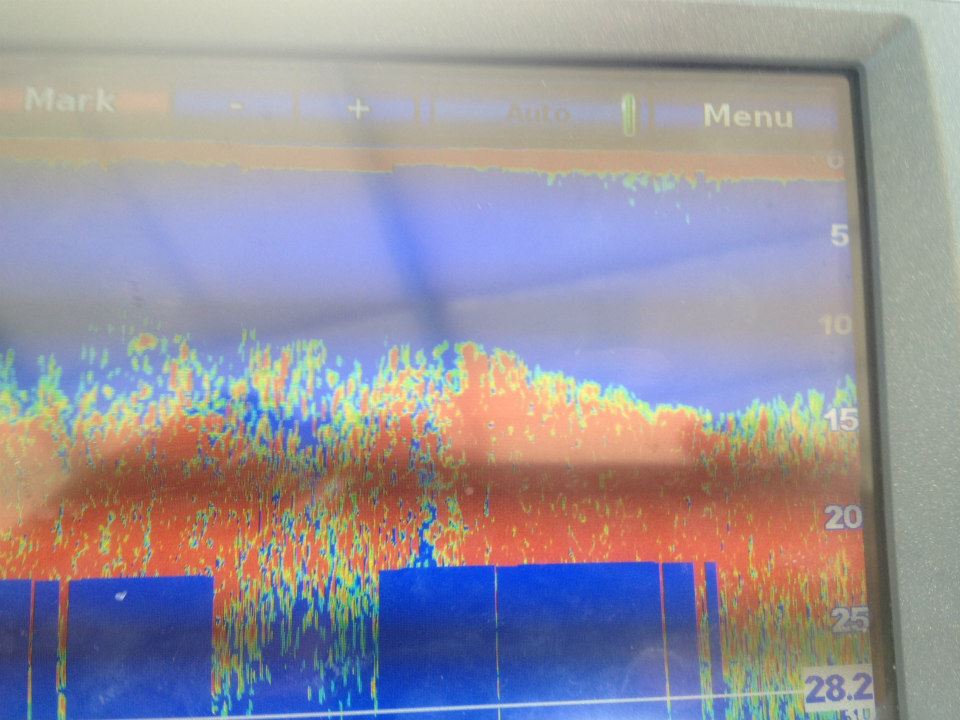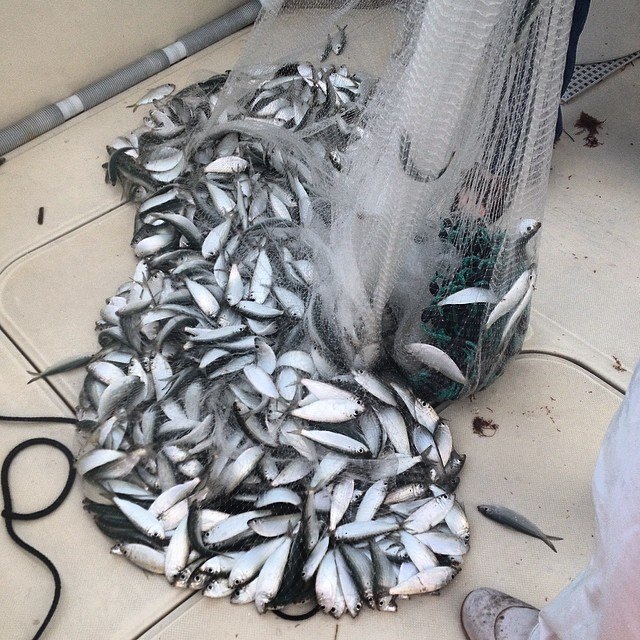Live Chumming for Sailfish and Tuna
Live Chumming Techniques
Live chumming is a technique so effective it has been outlawed in almost every major tournament around the world. The technique is simple in theory: catch a ton of bait and throw it overboard while fishing. Proper technique however is an art. Just like any technique live chumming takes practice and preparation to master.
Livewell Space and Boat Rigging
The first and most important aspect of live chumming is livewell space and rigging. If you intend on live chumming for the day, you better have at least 50 gallons of livewell space. On our boat we actually have 2 75 gallon live wells. We often leave one well stocked with handpicked kite baits such as threadfin herring and goggle eye. The second livewell is where we'll put the chummers if we can catch them. Some boats have 3 or more livewells. For this technique the more livewell space, the better. For equipment we like to use 14 foot cast nets that range from 21-28 lbs. These big nets take a lot of practice to master the technique.

Finding the Bait
The next aspect of live chumming boils down to execution. If you want to live chum you either need to find the bait or buy the bait. We only live chum when we have at least a few hundred pilchards but ideally we like to have around 500. We like to use a combination of eyesight and our fishfinder to find big balls of bait. Channel markers, inlets, grass flats, and more can all yield large schools of bait. When we live chum we like to use pilchards but finger mullet and ballyhoo can work really well. The picture below is and example of what you want to see when you throw the net. The water is actually 25 feet deep in the picture. That's 10 feet of straight pilchards. Be careful not to break your back on a big throw when the sounder looks like this.

Live chumming techniques
Live chumming has a variety of different applications. If we are kite fishing or fishing live bait out of the riggers, live chumming can be very helpful for raising packs of sailfish, schools of tuna, and more. Very few fish can resist a big school of live bait. It's important however to understand how to chum properly. Chumming can be helpful when done properly but actually do harm if it's done improperly. We like to maneuver the boat in a manner so that the freebies stay in the spread or just north of us. This is helpful so when you raise fish they can turn onto your hooked baits rather than chase the chummers away from your boat.

If you have a ton of bait, try to mix up the chum with singles as well as big handfuls of bait. Popping the eyes can also help so the baits spiral and stay near the surface rather than dart to the depths. If you have a tuna tower, use your vantage point to anticipate when and where chummers start getting crushed. Be sure to maneuver the boat and get baits in front of the predators when you see them. We might have 6 lines out and pitch 3-5 spinners at a school of fish when we see them. Things get hectic but it pays off when you hook multiples. I've seen 20+ sailfish raise on a school of chummers. I've also seen hundreds of blackfin tuna busting in the spread. In the Bahamas this same technique is used with heavier tackle for yellowfin tuna. Live chumming is an extremely effective technique and definitely an adrenaline rush whenthings work out.
.jpg)
‹ Back












Comments